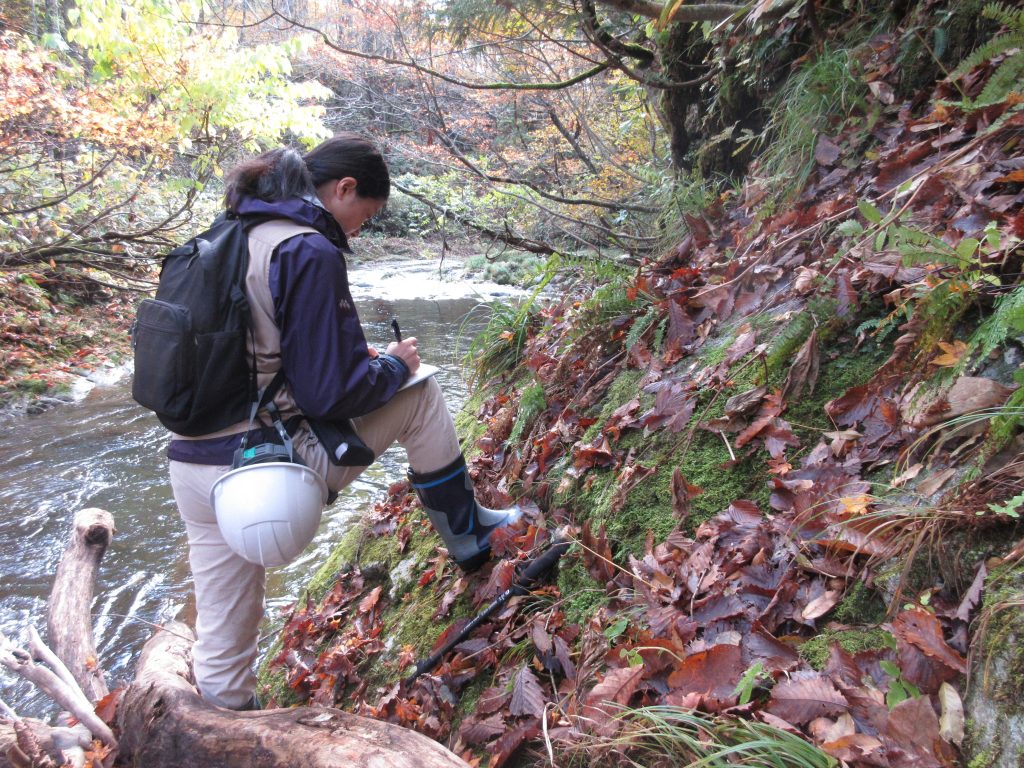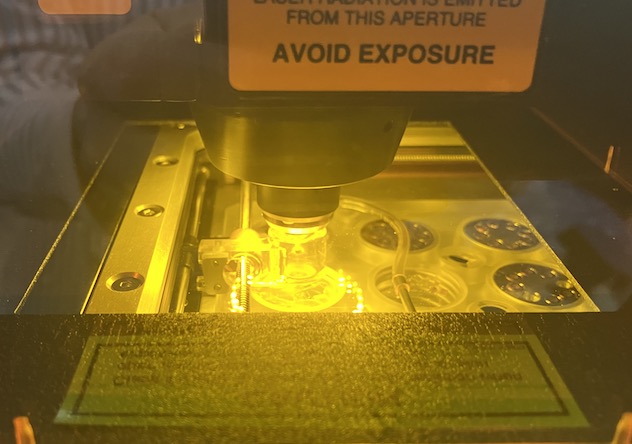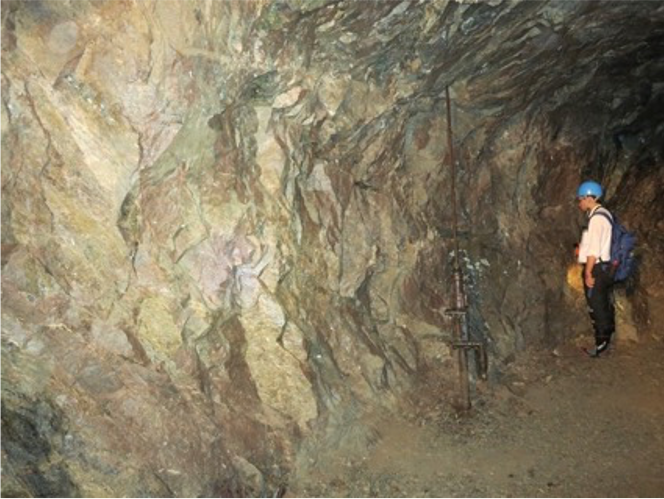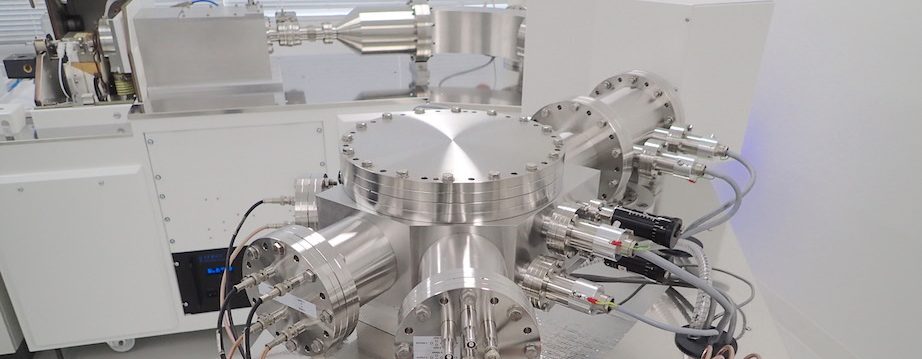Our researches have mainly focused on the coupled phenomena of mass transfer and chemical reaction in the subduction system and arc magmatism. We approach these through the fieldwork and the analysis of elemental concentration and isotopic ratios in minerals and rocks. Recently my research direction has been toward the application of isotopic systems to date the geological event and/or as a tracer of the evolution history on the Earth.
We also enjoy collaborations on interdisciplinary research such as biology, life science, material science and others.

LA-ICP-MS U-Pb dating
I have involved with the development and application of U-Pb dating. We set up U-Pb dating of zircon, carbonate minerals, garnet, and hematite utilizing LA-ICP-MS.

NWR193UC excimer laser ablation system.
The crustal evolution in the subduction system
The fluid-rock interaction is fundamental process for the crustal evolution on the Earth. The geological, petrological, geochemical studies provide useful information such as the physical condition (temperature, pressure, fluid pressure), the characteristic of fluid-rock interaction, the timing of the crystallization of protolith or/and the timing of the metasomatism. Specific minerals and rocks can contain certain amount of elements, thus identifying such host minerals and rocks is helpful to understand the mass cycle. For example, the jadeite-quartz rock in the Yorii area in Japan, the jadeite-qaurtz rock is enriched in HFSE. It cause HFSE-depleted arc magma.
The fluid-rock interaction during the ore formation
The extensive fluid-rock interaction during ore formation is suitable for understanding its phenomenon. So, we examine the physical condition and formation process of various ore deposits, such as skarn, hydrothermal, pegmatite, carbonatite, etc., utilizing methods in geology, petrology, and geochemistry.
Please see the research topics of students.

The outcrop of Kamaishi skarn mine.
Carbon dioxide fixation in geological environment
Under construction
